Earlier this month, we had the opportunity to collaborate with the Ecdysis Foundation research team as part of their 1,000 Farms Initiative. Their visit to Caney Fork Farms was not just another day of sampling. It was part of a national research effort to uncover how regenerative farming practices impact soil health, biodiversity, nutrient density, and long-term sustainability.
About the Ecdysis Foundation
The Ecdysis Foundation is a nonprofit research organization based in South Dakota. Founded by former USDA scientist, Dr. Jonathan Lundgren, the team is dedicated to supporting farmers and rural communities by offering free, science-based insights on agricultural ecosystems. Their 1000 Farms Initiative is one of the largest soil health studies ever conducted and includes data collection across North America to assess how different management systems influence ecological and economic outcomes. You can learn more about their work and sign up here.
A Hands-On, Relationship-Based Research Approach
At Caney Fork, the Ecdysis team spent a full day walking transects across different sections of the farm and collecting an impressive array of samples. Rather than relying on assumptions, their work captures what is happening in real time across soil, plants, animals, and microbial communities.
But just as important as what they measured is how they did it. Ecdysis practices what they call relationship-based science, where collecting data goes hand in hand with getting to know farmers, understanding their management decisions, and building trust. We appreciated the opportunity to share our goals, challenges, and long-term vision with their team—and to learn more about the research that underpins their work.
We sampled in three key areas:
- Our chestnut orchard, which currently functions as silvopasture for livestock and may someday become a full chestnut harvesting site
- Foley Field, where we are growing corn, broccoli, cauliflower, lettuce, chard, and more
- One of our flerd pastures, home to our grazing sheep and cattle
Here is a breakdown of what was measured during the visit:
Soil Health
- Soil cores were taken at 15 cm and 60 cm depths to assess organic matter, total carbon, nitrogen, pH, bulk density, and trace minerals such as zinc, copper, and manganese
- Soil moisture, temperature, and compaction were recorded to evaluate water retention and overall soil function
- Infiltration tests simulated rainfall to determine how easily water moves through the soil
Insects, Microbes, and Biodiversity
- Insect biodiversity was measured through sweep netting and aspirators, with samples taken from both the soil surface and crop canopy
- Microbial DNA analysis and soil respiration data were collected to study bacterial and fungal communities
- AI tools like BugBox helped identify insect species, while bird diversity was assessed by an ornithologist who conducted surveys alongside an acoustic recorder. The recordings collected will support the development of Syrinx, an AI platform designed to identify birds through sound.
Plants and Nutrient Density
- A drop plate meter was used to measure plant biomass at regular intervals along each transect
- Leaf samples were collected for DNA analysis to assess plant species richness and biodiversity, while crop yield samples were taken to evaluate nutrient density across different management practices.
Why This Matters
The goal of the 1000 Farms Initiative is to go beyond anecdotal evidence and generate scientifically verified data about what makes farming systems resilient. It also supports farmers by offering individualized reports that help guide on-farm decisions around soil fertility, crop performance, and economic sustainability.
As Nora D’Antuono, Agroecology Specialist at Ecdysis Foundation, shared during her visit:
“Our team’s sampling trip to Tennessee underscored that diverse operations feeding local communities are the future of food production. We were able to measure management practices that are a part of that future at Caney Fork Farms (specifically their chestnut silvopasture). It was great to spend time with the folks there, learning from each other about what it is we all care about: cultivating nourishing land, food and community.”
By contributing to this work, we hope to add to the growing body of research that supports regenerative agriculture as a solution for both environmental restoration and food system resilience.
We are honored to be part of this effort and look forward to sharing our full results with you this winter.
Want to get involved? Sign up for the Ecdysis Foundation newsletter or enroll your farm in the 1000 Farms Initiative to support and participate in this national research movement.
Want to keep up with our farm research and growing practices? Follow us on Instagram or sign up for our newsletter.

